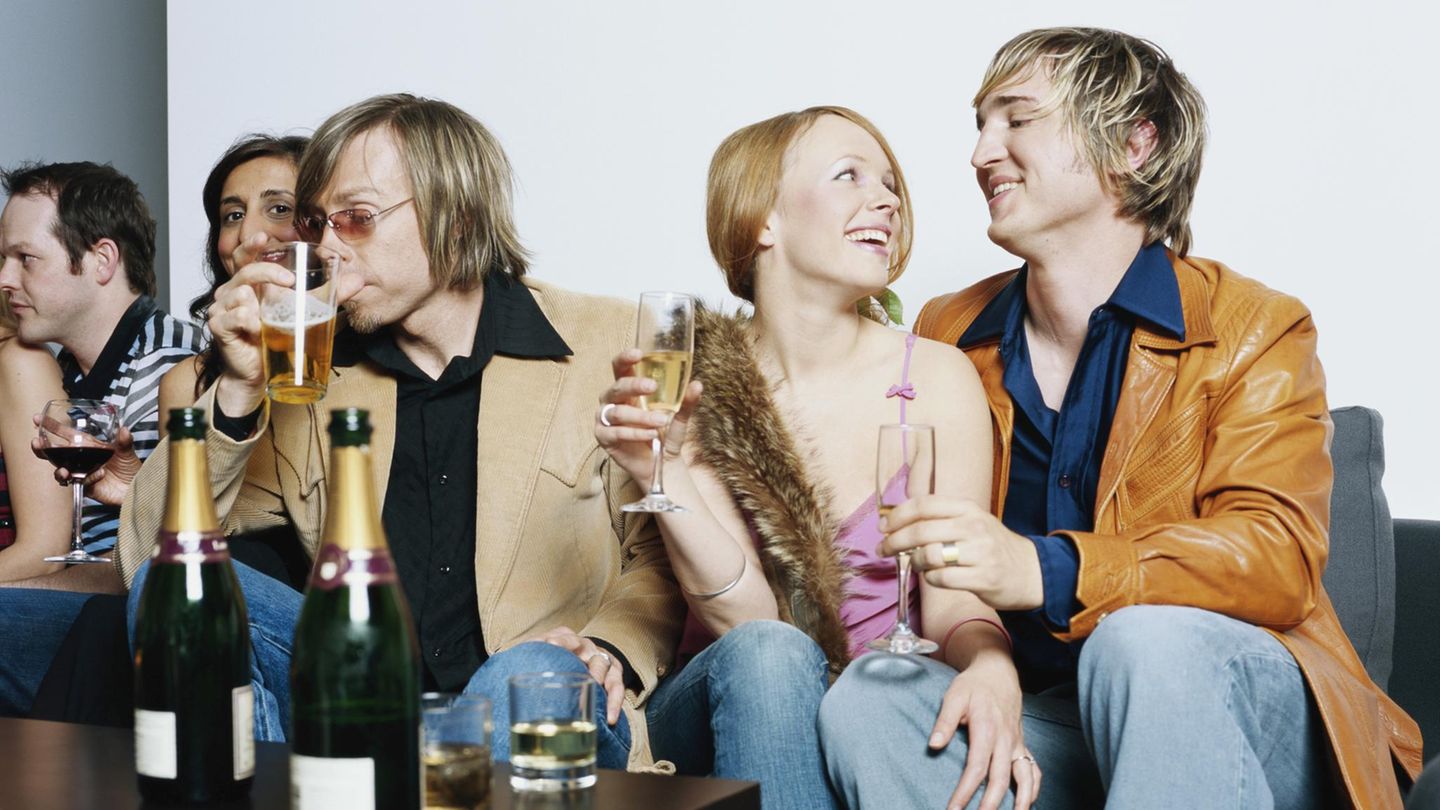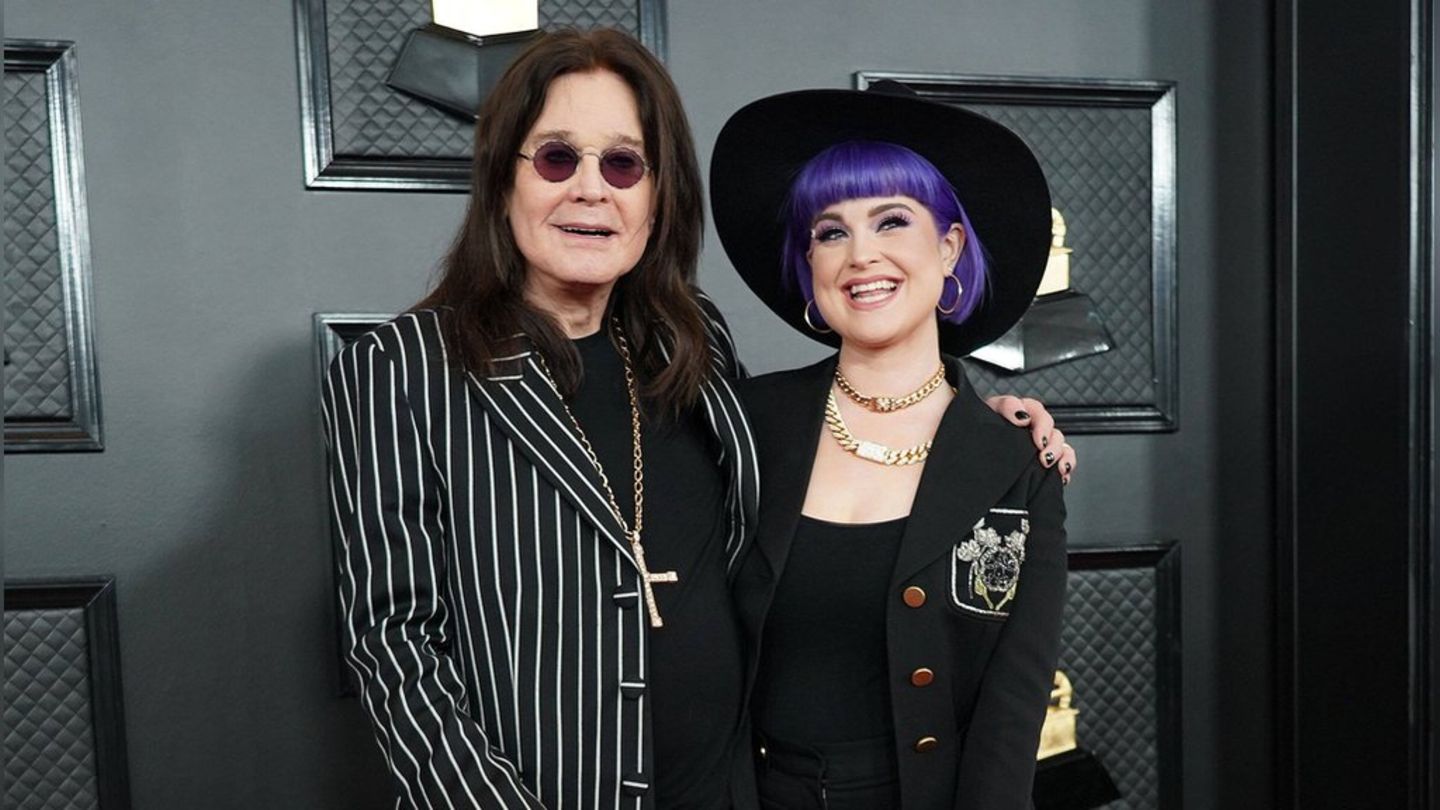Fashion sins of the 2000s
And we thought that was really nice?
Copy the current link
Add to the memorial list
We were not afraid of colors or accessories: in the 2000s we wore the wildest combinations. If you look at the outfits today, you rub your eyes in astonishment.
Oh yes, the 2000s. When one thought seriously, compared to the loud, high -contrast, voluminous nineties, you finally look “normal”. The silhouettes were indeed narrower, the eyebrows too. The hairstyles became sleeke, the make-up was suddenly “nude”, and suits were only available in Slim fit.
Nevertheless, in retrospect, you have to say that our looks were not as simple as we felt at the time. Be it because somehow everything had ligaments and ruffles – or because of our absurd love for accessories of all kinds. Many, many accessories. Plus: What a colleague lovingly called “Lappen-Tops” … Millennial women immediately know what is meant. These tops, which were somehow a little too long, fladdery, supposedly “boho” style.
The 2000s could be toxic
Much of the 2000s was fantastic. The music – from Beyoncé to the Strokes, from Britney Spears to the Libertines. The parties. The feeling of being able to try everything out. But the decade also had pages that are difficult from today’s perspective. While the preferred body type of the nineties had full breasts and the preferred body type of the 2010, a voluminous buttock was considered ideal in the nineties who had the physique of a little boy. Narrow, flat, petite.
IT girls were Kate Moss, Paris Hilton, Nicole Richie, The Olsen-Zwillings, Sienna Miller, Alexa Chung and Mischa Barton. And until their tragic deaths, Amy Winehouse and Peaches Geldof. In the gossip magazines, which we devoured very regularly at the time, thin arms were shown or large -scale shots of still existing orange skin on our thighs. Not even the lean stars could do it right.
More delimitation of the subcultures
And unlike today, the ditch between the different “subcultures” was larger than today. Someone who celebrated for R’n’B or minimally looked at those who went to indicator parties with a certain skepticism. The groups only agreed in one: whoever danced voluntarily at the time was by all Watched diagonally.
Source: Stern
I am an author and journalist who has worked in the entertainment industry for over a decade. I currently work as a news editor at a major news website, and my focus is on covering the latest trends in entertainment. I also write occasional pieces for other outlets, and have authored two books about the entertainment industry.




